A recent report in the UK by the Climate Change Committee (CCC) has started ringing alarm bells about future house prices on this side of the Atlantic. Imagine for a moment if the majority of American and Canadian households were told that their homes may become unsellable in 7-10 years unless they were extensively remodeled?
This is what is happening in the UK, as well as across Europe, with the introduction of mandatory home energy labeling for property resales - which are now in place. And, with the proposal to impose a minimum performance level that must be attained before a home is even allowed to be resold - we decided to look into the likely impact this side of the pond.
We have it on good authority that similar proposals are being drafted in Canada and the US for mandatory energy labeling of new and resale properties – and we cannot help but think that as governments strive to achieve carbon reduction goals, the temptation to force householders to undertake deep energy refits or risk their homes becoming unsellable will also be on the table soon enough.
Is Energy Labeling on homes a good idea?
Well, despite the potential negatives - principally the impact on the prices for resale properties - we're firmly behind labeling the performance of homes. We feel that it's essential to have a stable point of comparison that goes beyond the shiny finishes and talk of "built to code" used to persuade homebuyers to part with their hard earned money. We would even go so far as to say that the current labeling schemes don't go far enough, because it isn't only about Energy, it should be about carbon footprint, healthy internal air quality, durability, but hey, it's a start. At least the majority of the home-buying public could easily compare between visually similar homes and know which will cost them twice or three times as much to heat and cool!
Which countries around the world have mandatory Energy Labeling for homes?
As can be seen on the table below, the USA and Canada are lagging behind the other member countries of the IPEEC. (Although certain States and Provinces are in advance - for example British Columbia with their ambitious new step codes)
The International Partnership for Energy Efficiency Cooperation (IPEEC) is a high-level forum which includes developed and developing countries. Its purpose is to coordinate global cooperation for the goal of energy efficiency, and to facilitate making the policies that governments put into law to yield energy efficiency gains.
IPEEC provides information to decision-makers in major economies, and they are central in exchanging ideas and experiences and helping countries undertake joint projects to develop and implement energy efficiency policies and measuring. It is also a forum for member and non-member economies to share information about various bilateral and multilateral initiatives such as mandatory Energy Efficiency Labeling of Homes.
IPEEC supported initiatives are 'open-source', in that both members and non-members, including private companies, can elect to adopt them. Where we need to pay attention though, is that the IPEEC is coordinating the implementation of the Group of 20 (G20) Energy Efficiency Action Plan, which was agreed by G20 leaders in late 2014 as "the blueprint" for legislation to enforce the initial voluntary international energy efficiency collaboration. Since July 2016, IPEEC is responsible for the Energy Efficiency Leading Programme (EELP) that is for a ‘comprehensive, flexible, and adequately-resourced’ lobbying to reinforce voluntary collaboration on energy efficiency among G20 members and beyond. In other words - this unelected group are charged to influence the policies Governments bring in with reports, science and statistics - and here is the result:
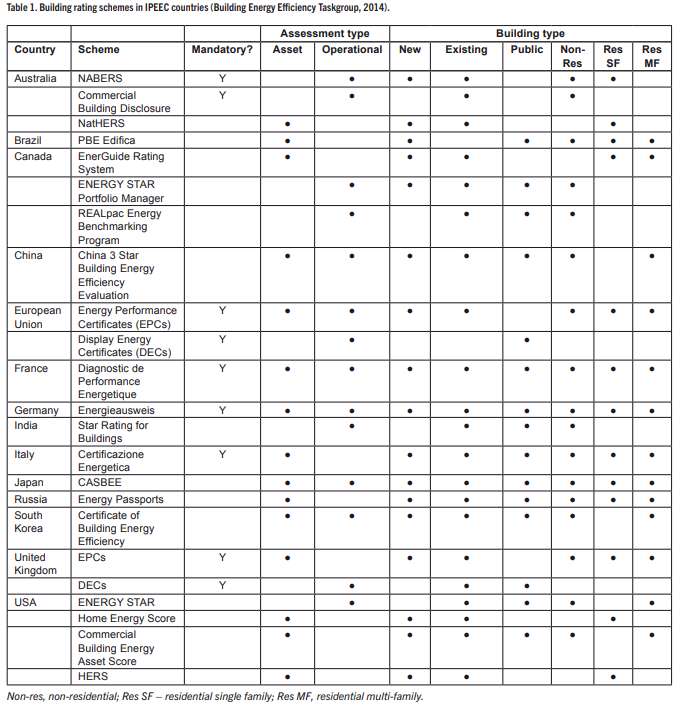
13 of the 20 G20 countries have already brought in mandatory energy rating and labeling of homes. And, we want to make one thing clear, we do feel that overall the energy labeling of homes is a good idea. Homeowners should be able to compare visibly similar homes on the basis of performance as rated by a consistent process. When buying a new car, do most consumers ignore how much gas it's going to use or how fast it goes to 60 (depending on what is most important to that client) ?
As much as homeowners may have the energy-efficiency labeling blow softened by promises of government grants and incentives to upgrade home performance, speaking from experience, this process can be more complicated than anticipated. It often ends up uncovering a mass of hidden problems (like rotting walls caused by air leaks and interstitial condensation) that aren't covered by the grant scheme, and so they end up coming out of the pockets of homeowners.
And who would want this uncertainty being forced on them, this amount of potential hassle and disruption to their families and home life? Especially after 2020! This is precisely why we see a problem in the short to mid-term future of home values in North America, and especially with the high value homes that were built and bought in the last 10 years that people currently think are a good bet for future equity...
Who will this price-drop affect most?
Anyone across North America who has bought a new home in the last 10 years (and there are around 9 million) probably *think* that they will be fine, but that is not necessarily the case.
Unfortunately for them, homes built to basic code (the minimum legal standard a builder is allowed to achieve) are not only woefully inadequate when it comes to Energy Efficiency, but they generally have poor Indoor Air Quality (IAQ) due to the amount of toxins that off gas from building materials into homes.
The energy efficiency time bomb for newer “code built” homes
As the pressure is also now on to significantly improve the performance of new homes under construction, homes that have been built over the last 10 years will rapidly become less desirable to an increasingly educated market, especially as the new building step codes that are being widely adopted are often so much more stringent than existing building codes. Energy efficiency performance has never improved so dramatically as it is at the moment.
In BC, Canada for example, the province has set a goal of having every new building be net-zero energy ready by 2032, and that’s only 10 years away! If you were given the choice when buying a new or nearly new home, would you rather buy a Net Zero Ready home built to exacting Energy Efficiency performance standards, or a regular home in which you throw cash into the furnace every month?
This is precisely why older homes in Europe have lost a significant amount of their value compared to better performing homes. So why should we think it's going to be any different here?
Add in the IAQ problem with newer homes
The US CDC, on their page of the Healthy Housing Reference Manual - entitled Chapter 5: Indoor Air Pollutants and Toxic Materials starts like this :
“Walking into a modern building can sometimes be compared to placing your head inside a plastic bag that is filled with toxic fumes.”
John Bower, Founder, Healthy House Institute
Which is hardly reassuring. Head in a plastic bag anyone? How about if we throw in some toxic fumes? Better? But wait...
They go on to say, “the air within homes and other buildings can be more seriously polluted than the outdoor air in even the largest and most industrialized cities. Other research indicates that people spend approximately 90% of their time indoors. (and this was before 2020!) Thus, for many people, the risks to health from exposure to indoor air pollution may be greater than risks from outdoor pollution.
In addition, people exposed to indoor air pollutants for the longest periods are often those most susceptible to their effects. Such groups include the young, the elderly, and the chronically ill, especially those suffering from respiratory or cardiovascular disease”.
Well heck. So if we bought a regular home, to code, it's poisoning us and our families then... right.
With multiple class action lawsuits in the wings for formaldehyde exposure due to using wood fiber and particle board in furniture and built-ins like kitchens and closets in new home builds across North America, more and more people are now considering Air Quality Testing before purchasing a recent home.
Just imagine if your home was identified as being a Formaldehyde exposure risk, the cost of replacing everything and cleaning up the air is likely to surpass the cost of asbestos removal and remediation.
Then factor in the fact that energy efficiency may not cut the mustard, and suddenly those twin sinks with granite countertops and the lovely crown molding and in every room doesn't seem as as much of a top priority selling feature any more, now does it?
How does this impact future home values in North America?
The international nature of the team here at Ecohome allows us to identify parallel trends across both the construction industry for higher performance and healthier homes and in the market value of older homes.
As the general population of North America becomes more aware of the available options for healthier materials available for new homes, and as punitive legislation aimed at forcing existing homeowners to conduct deep energy refit their existing homes starts to impact on the resale values of existing housing stock - the market is going to get squeezed from both ends. This affects new builds, and resale of recent properties.
Having already seen the shockwaves this sent across the European housing market, what we’ve concluded, is that all those homeowners in existing code-built homes with minimal to no significant insulation or air sealing are going to be vulnerable to the same market forces that have affected homeowners in Europe.
North American homeowners urgently need to pay attention to this looming issue if they wish to avoid being caught in the same trap as many Europeans, who have seen their investment plunge in desirability, and therefore, value.
How do we avoid losing money on our homes?
To put it bluntly – if you’re thinking of moving at the moment and are looking at new construction, make sure to seek out homes built to higher performance standards than code. And wherever possible, and ESPECIALLY when having a new custom home built - concentrate on energy efficiency, insist on non-toxic building materials, and seriously consider having the home built to the certification requirements for LEED, Passive House, Net Zero Energy or similar as a priority.
It may also be easier to consider a High Efficiency Prefabricated type home – as these tend to be more affordable while offering a significantly better standard of energy efficiency and air quality, so long as you choose the right one (and Ecohome is looking to help there too.)
And, when talking to custom home builders and general contractors, don’t let them dissuade you from wanting a home built to a higher standard by warning you of much higher prices for High Performance homes. They really shouldn’t cost that much more - something that Ecohome have proved numerous times - such as when we built Canada’s first LEED V4 Platinum home for the same budget as code-built, a home described as "A phenomenal achievement" by Canada Green Building Council President, Thomas Mueller.
In our experience, you could expect to pay between a 5 and 10% premium for a better home, which is rapidly recovered from lower bills from monthly energy savings alone. And that doesn’t even touch on greater comfort for occupants, proven higher resale values, and durability, as energy efficient homes equate to more durable homes too. Would we rather own a home designed to last 30 years, or 60 years - at around the same price?
What evidence is there that regular North American house prices will take a hit?
The American Council for an Energy Efficient Economy have clearly stated: “The value of energy efficiency in properly implemented construction standards is universally recognized as the easiest and most cost-effective way to help consumers save energy and money, make housing more affordable, and reduce air pollution. All of these benefits are difficult or impossible to capture if not taken into consideration at the time of construction.”
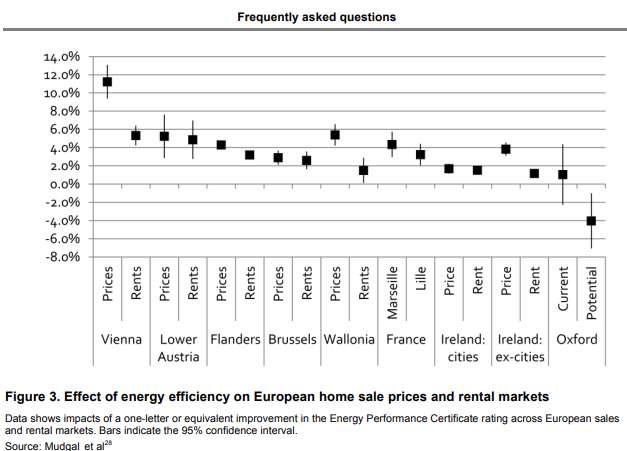
Figure 3. Effect of energy efficiency on European home sale prices and rental markets Data shows impacts of a one-letter or equivalent improvement in the Energy Performance Certificate rating across European sales and rental markets. Bars indicate the 95% confidence interval.
Source: Mudgal et al2Global: Mudgal, Lyons, and Cohen reviewed 25 studies analyzing the impacts on property values of various energy labelling schemes. The studies were conducted between 2007 and 2012 and covered voluntary or mandatory labelling programs in the EU (EPC), Japan (Tokyo Green Building Programme), United States (Energy Star, Green Point and/or LEED), Singapore (Green Mark), Switzerland (Minergie) and Australia (ACT House Energy Rating Scheme). Most of the papers studied the impact of labelling on sales prices; a few also covered rental rates.
Of the 22 studies considered, 19 showed higher energy performance ratings to have a positive impact on either rental or sales values, or both.
Now please, dont look at the European % differences and find comfort that "oh well, it's not that much." Actually, it is, because what they failed to factor into that graph is the loss in extra value that could have been gained from making the right choices in the first place. Allow us to demonstrate...
High performance homes are a safer investment for future resale values
In just one example close to home, a member of the Ecohome Network team recently put his LEED Platinum certified home on the market in Quebec, this was his experience:
After carefully choosing healthy building materials to optimize interior air quality (very important as he has young children and understands the importance of IAQ for his family’s health), as well as building to a very high energy performance, he calculated his build costs at approximately 6% higher than had he built the home to basic code standards.
Over the 3 years he has lived there, the decision to incur the extra cost for better performance resulted in over $3000 of savings on heating and cooling alone, which is even more impressive bearing in mind that Quebec has some of the lowest energy costs in North America. Also realize, that because of these energy savings, his overall monthly household costs (including slightly higher mortgage payments) were actually less than they would have been had he built a regular ‘building code’ standard home.
Yes, you heard right, his monthly bills were lower. He paid a higher mortgage, but that money was offset by much lower month bills, so he had more money in his pocket at the end of the month. Let that sink in for a second. It was actually cheaper for him to live in a better house.
And, if you aren’t convinced yet, there is always the matter of resale. The final closing price for his home was 31% higher than a standard code-built home, and the purchaser specifically sought to buy an independently certified high performance and healthy home. He had 3 visits the day the home was put on the market, and the home was sold by the following day, breaking the local "comparable house" price ceiling by 31%.
So there you have it. He lived cheaper, in a healthier and more comfortable home, then sold it for a premium. So, which is the most expensive choice of new home again?
Which begs the question - if you can build a home or buy a home that’s healthier, more durable, more comfortable, and that has a higher resale value, all for around the same price as a regular and minimum code-built home, why would you build any other way or buy an out of date house?
If you need to be extremely penny-wise and you *think* you can’t afford to build or buy a more efficient home, then in reality, you can’t afford not to.
Remember - Build Better, Renovate Better, Live Better, with Ecohome.
Now you know more about the importance of building energy efficient and net zero homes, find more about energy green home construction and choosing sustainable and healthy building materials in the pages below and in the Ecohome Green Building Guide pages.
Find more about green home construction and reap the benefits of a free Ecohome Network Membership here. |
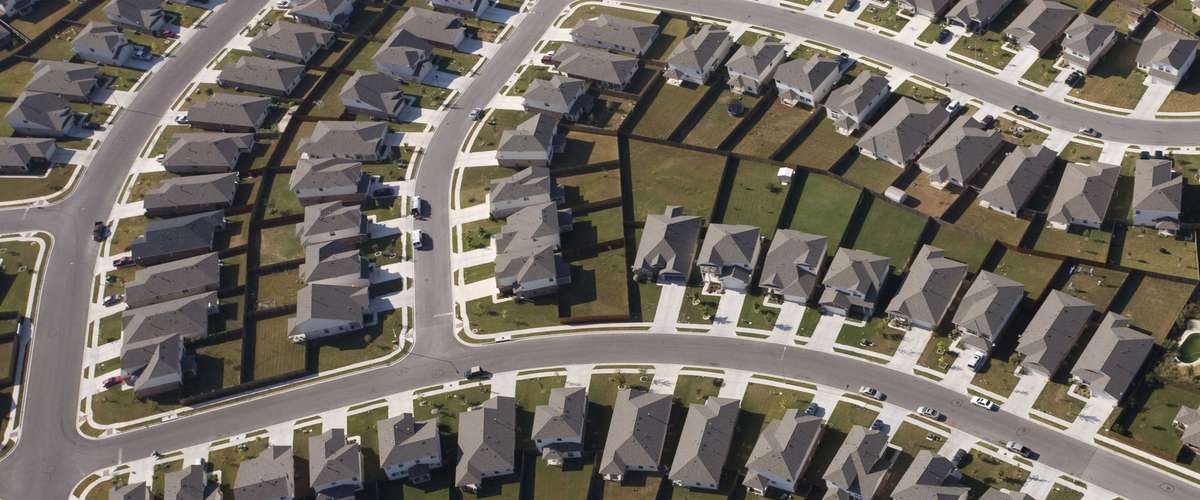














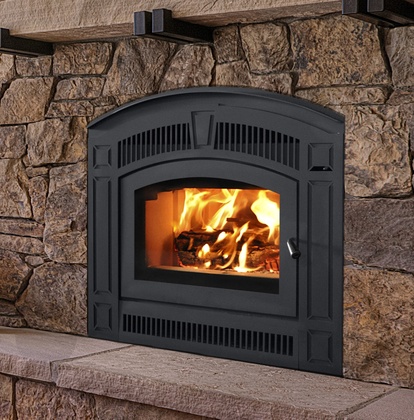



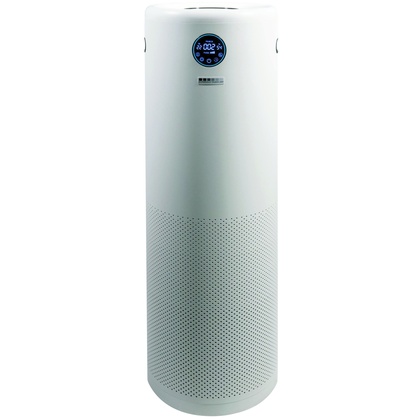





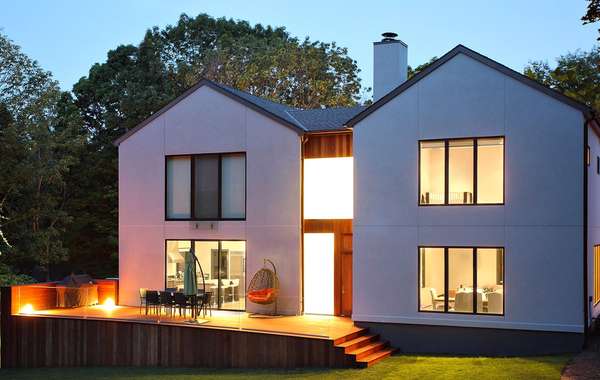
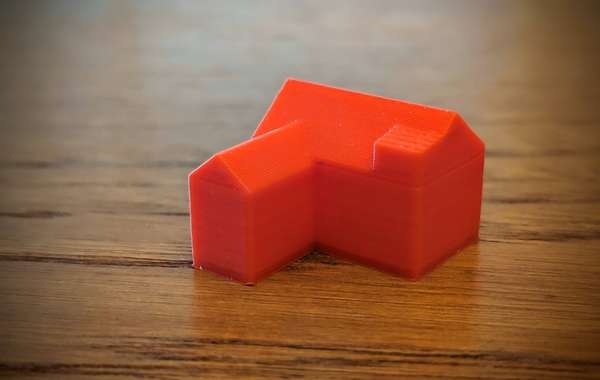
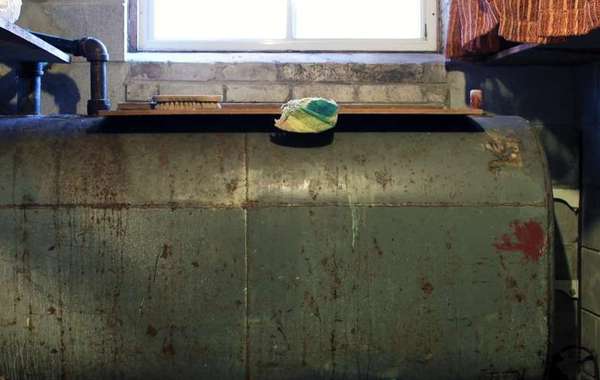
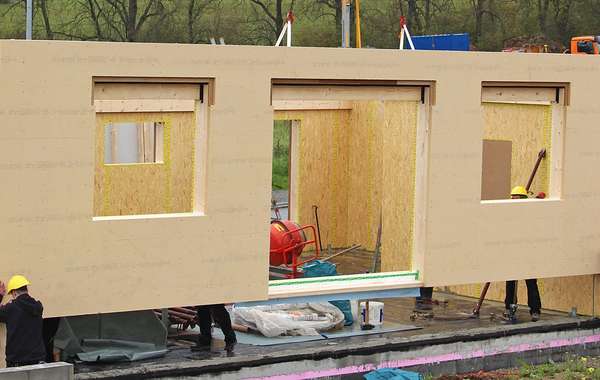
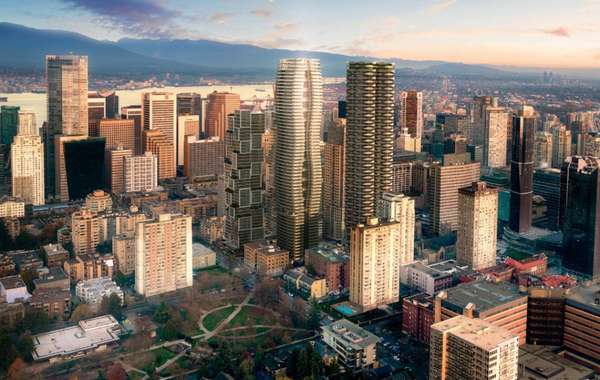
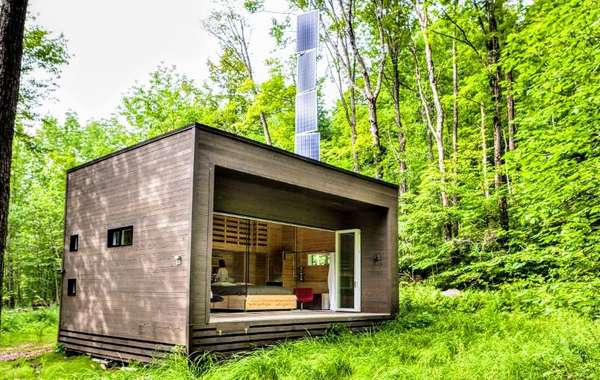


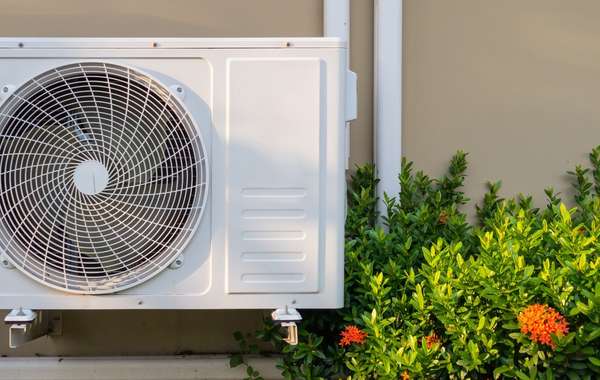
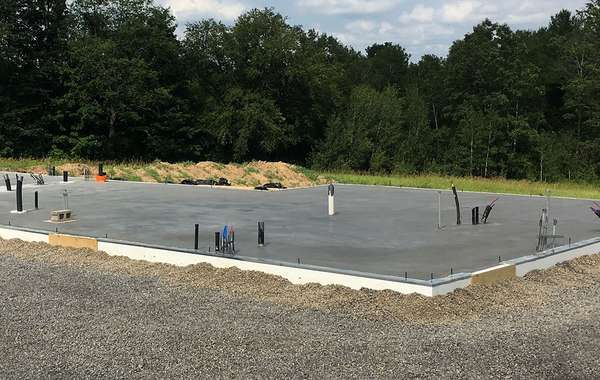
Comments (0)
Sign Up to Comment